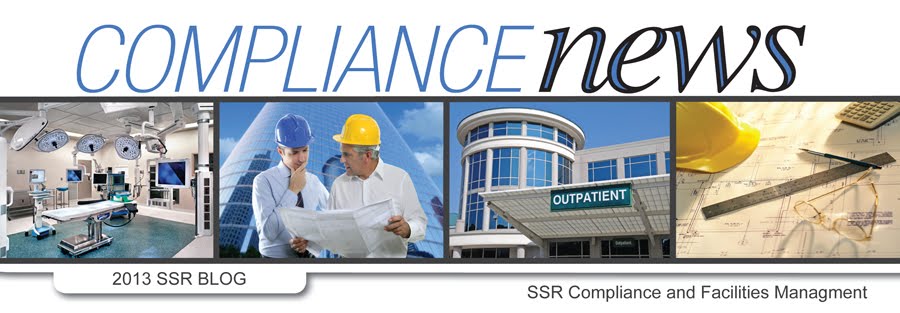By Dean Samet, CHSP
In the May 2011 edition of The Joint Commission Perspectives, TJC announced a change effective July 1, 2011 for Environment of Care Standard EC.02.03.05, EP 2 and introduced a new EP 25. The standard, “the hospital maintains fire safety equipment and fire safety building features” remains unchanged.
EP 2 has been changed and will require quarterly testing of water-flow devices. TJC standards previously required testing every six months or semi-annually in accordance with NFPA 72, 1999 edition. EP 2 will read as follows: “For hospitals that use Joint Commission accreditation for deemed status purposes: At least quarterly, the hospital tests water-flow devices. Every six months, the hospital tests valve tamper switches. The completion date of the tests is documented. Note: For additional guidance on performing tests, see NFPA 25, 1998 edition (Sections 2-3.3 and 3-3.3) and NFPA 25, 1999 edition (Table 7-3.2). For hospitals that do not use accreditation for deemed status purposes: Every six months, the hospital tests valve tamper switches and water-flow devices. The completion date of these tests is documented.”





